Welcome to the Dodge 4.7 engine interchange guide, your ultimate resource for swapping the 4.7L PowerTech V8 engine in compatible vehicles like the Ram, Dakota, and Durango.
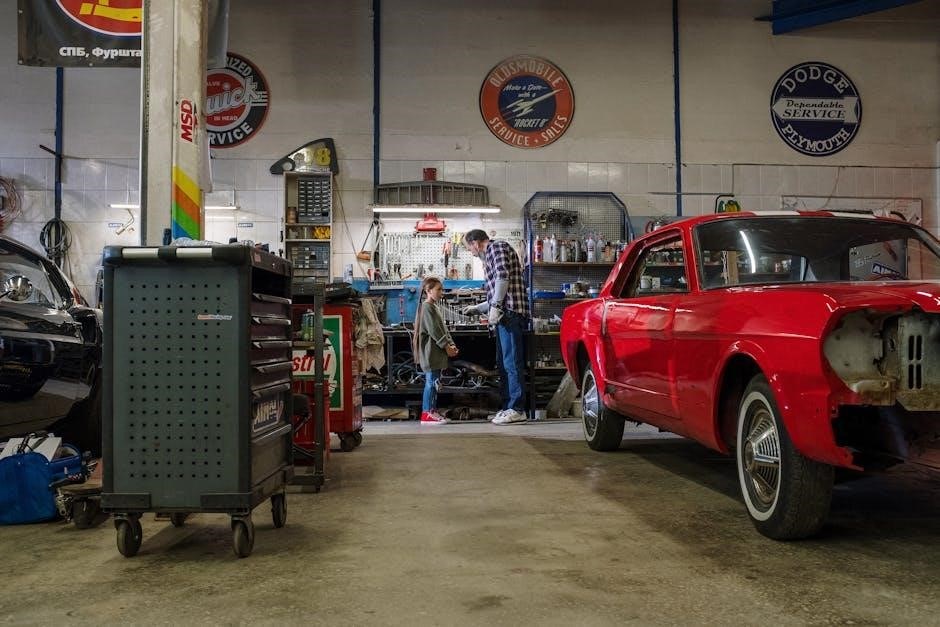
Overview of the Dodge 4.7L Engine
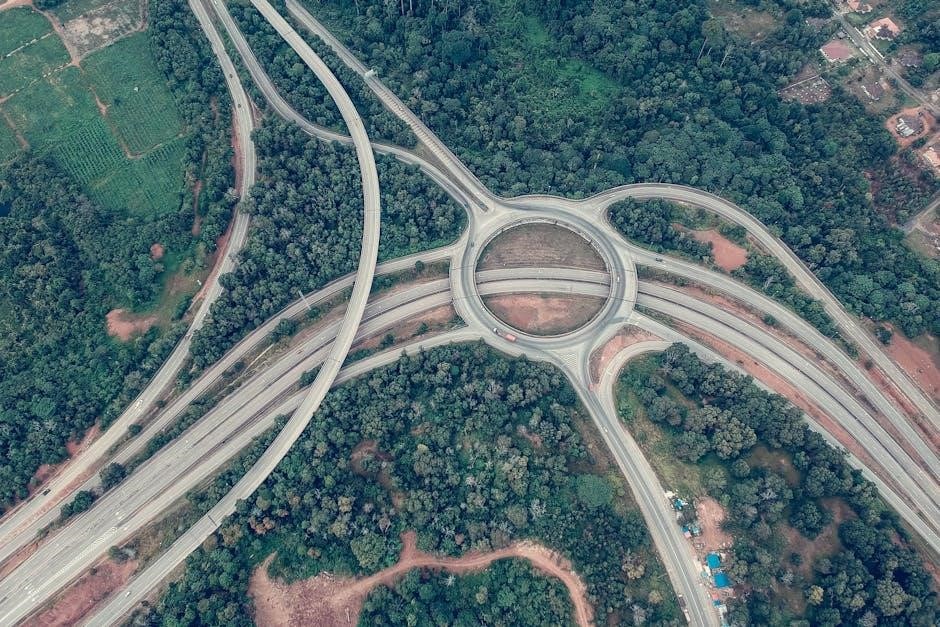
The Dodge 4.7L V8 engine, known as the PowerTech, is a reliable and fuel-efficient powerplant produced from 1999 to 2009. It features a 90-degree V8 design with a displacement of 4.7 liters, delivering moderate power and torque. Initially introduced in the Dodge Ram 1500, it later powered the Dakota, Durango, and Jeep Grand Cherokee. This engine is celebrated for its durability and smooth operation, making it a popular choice for both daily driving and light towing. Its compatibility across multiple Dodge and Jeep models has made it a favorite among enthusiasts for swaps and upgrades. The 4.7L engine strikes a balance between performance and efficiency.

Engine Compatibility and Vehicle Fitment
The Dodge 4.7L engine is compatible with various models, including the Ram 1500, Dakota, Durango, and Jeep Grand Cherokee, ensuring a proper fit for these vehicles.
Compatible Vehicle Models for the Dodge 4.7L Engine
The Dodge 4.7L engine is compatible with several vehicle models, primarily within the Chrysler family. These include the Dodge Ram 1500 (1999–2003), Dodge Dakota (1999–2003), and Dodge Durango (1999–2003). Additionally, it fits the Jeep Grand Cherokee (1999–2004) and select Jeep Liberty models. Compatibility varies by generation, with JTEC and NGC engines differing in components like tone wheels. Ensuring the engine’s generation matches the vehicle is crucial for a seamless swap. This guide provides a detailed breakdown to help enthusiasts and mechanics identify the right fit for their projects, making the swap process efficient and successful.
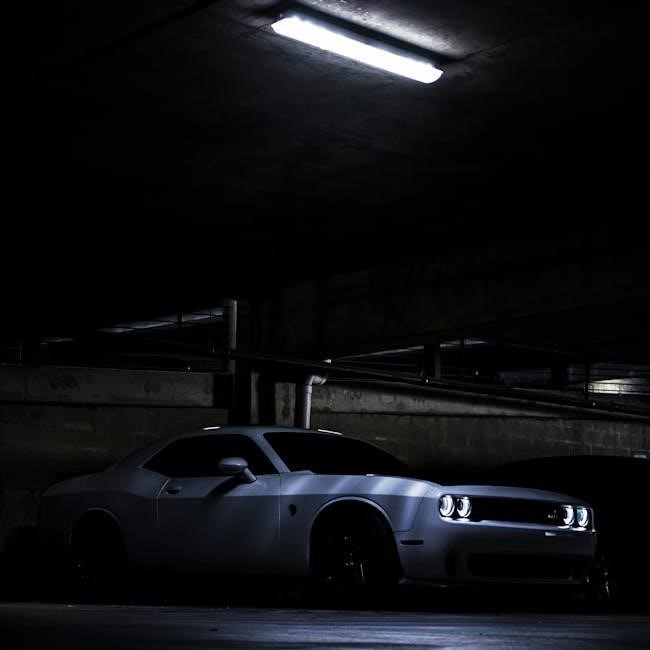
Mechanical Requirements for the Engine Swap
Ensure compatibility of engine mounts, intake manifold, and exhaust system. Verify throttle body type (cable or electronic) and PCM compatibility for proper engine operation and performance.
Tools and Materials Needed for the Swap
The essential tools include a hydraulic engine hoist, socket set, torque wrench, and exhaust system tools. Materials required are engine mounts, intake manifold, throttle body, PCM, and wiring harness. Ensure compatibility with your specific Dodge 4.7L engine generation. Additional items like gaskets, seals, and coolant hoses may be needed. Consult a repair manual for precise torque specifications and alignment procedures. Proper tools and materials ensure a smooth and successful engine swap, minimizing potential issues and downtime during the process.
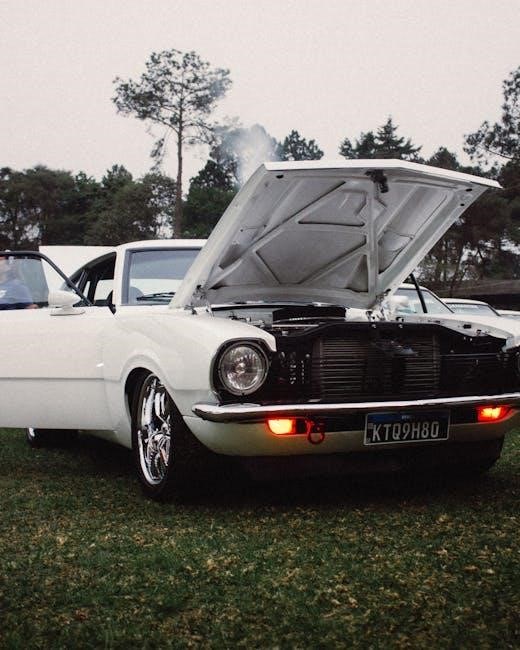
Critical Mechanical Differences Between Engine Generations
The Dodge 4.7L engine spans multiple generations, with key mechanical differences affecting compatibility. Early models (1999-2003) use the JTEC system, while later engines (2003+ ) transitioned to NGC. Tone wheels and crankshaft position sensors differ between these generations, impacting interchangeability. Throttle body designs also vary, with earlier models featuring cable-actuated systems and later ones switching to electronic throttle bodies. Additionally, engine mounts and intake manifold designs may not align across generations. Understanding these differences is crucial for a successful swap, as mismatched components can lead to operational issues. Always verify generation-specific parts compatibility to ensure proper engine function and avoid costly repairs. Proper alignment and component matching are essential for a seamless installation.
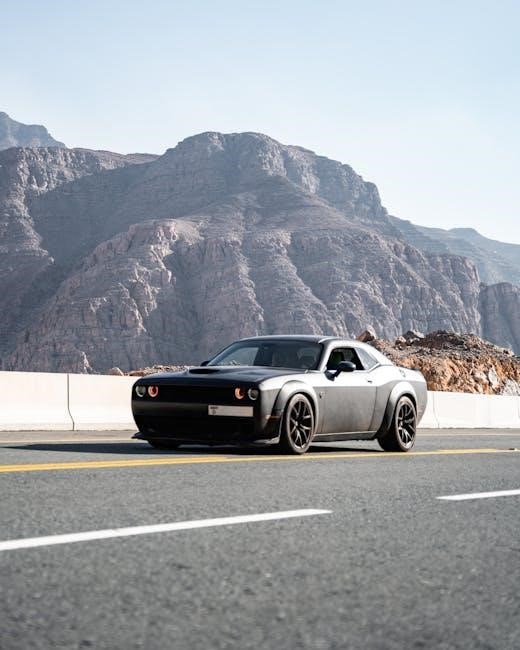
Electrical Considerations and Wiring Harness Compatibility
Ensuring PCM and wiring harness compatibility is crucial for a successful swap. Engine generations like JTEC and NGC require specific wiring setups. Incompatible systems can cause engine malfunction. Always verify compatibility to avoid issues. Swapping components like the PCM and engine harness ensures proper operation.
Understanding PCM and Wiring Harness Requirements
When performing a Dodge 4.7L engine swap, the Powertrain Control Module (PCM) and wiring harness must be compatible with both the engine and the vehicle. The PCM controls critical functions like fuel injection and ignition timing, so mismatched systems can lead to poor performance or failure to start. Wiring harnesses vary between engine generations, such as JTEC (1999-2002) and NGC (2003+), due to differences in tone wheels and sensors. Ensuring the correct PCM and harness for your specific setup is essential. In some cases, adapters or custom wiring may be required to integrate newer or older components seamlessly. Always verify compatibility to avoid costly repairs and ensure proper engine operation.
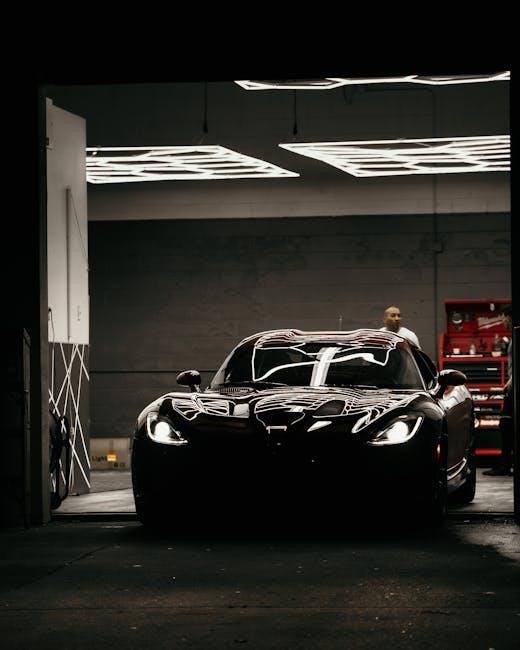
Unique Considerations and Challenges
Swapping the Dodge 4.7L engine requires addressing generation-specific differences, PCM compatibility, and wiring variations. Custom fabrication and unexpected expenses often arise, making thorough planning essential for success.
Swapping with Other Engines Like the Hellcat
Swapping the Dodge 4.7L engine with a Hellcat engine is an ambitious project due to significant mechanical and electrical differences. The Hellcat’s 6.2L supercharged V8 requires custom mounts, wiring, and PCM modifications. While the 4.7L and Hellcat share some compatibility in Ram trucks, direct swapping is not straightforward. Enthusiasts like Greg Snyder have successfully swapped a Hellcat into a 2008 Dakota, proving it’s possible with extensive fabrication. However, this swap demands expertise in engine integration, wiring harness customization, and structural reinforcements. It’s a complex but rewarding upgrade for those seeking extreme performance, though it comes with high costs and technical challenges.
Troubleshooting Common Issues During the Swap
Common issues during a Dodge 4;7L engine swap include compatibility problems with the wiring harness and PCM; Ensure the engine harness matches the vehicle’s electrical system, as differences between JTEC and NGC systems can cause failures. Mechanical misalignment, such as incorrect engine mounts or mismatched tone wheels, may also arise. Verify all connections and sensors are properly installed; If the engine doesn’t start, check the PCM calibration and ensure the correct software is loaded. Addressing these issues promptly prevents costly repairs and ensures a smooth swap. Always test systems systematically to identify and resolve problems before completing the installation.
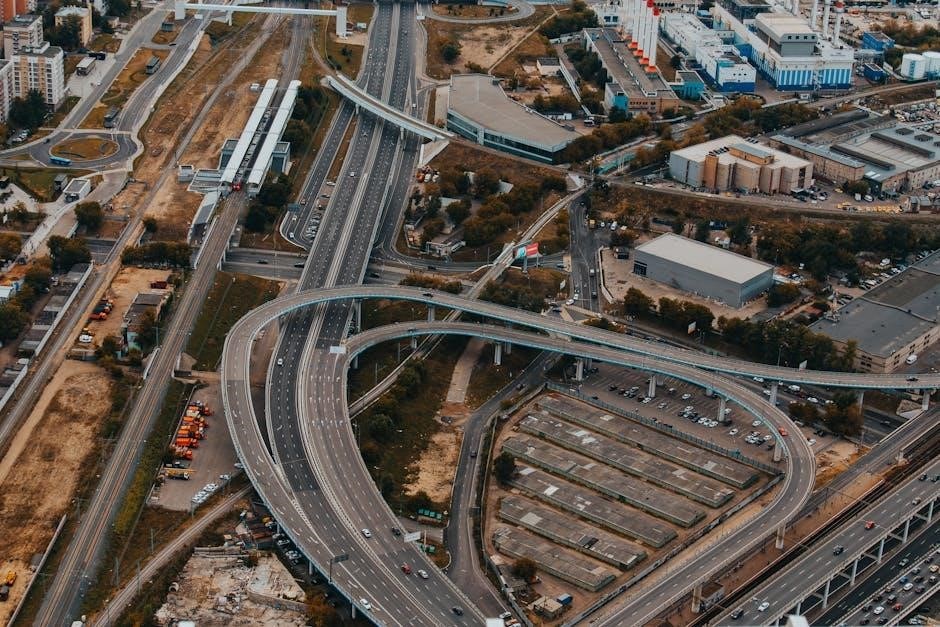
Step-by-Step Installation Guide
Plan meticulously, ensuring compatibility and preparing tools. Execute the swap systematically, aligning components precisely. Test all systems post-installation for optimal performance and reliability.
Pre-Installation Checks and Preparation
Before starting the engine swap, ensure the donor engine is compatible with your vehicle. Verify the engine’s generation and year to match electrical and mechanical systems. Inspect the engine for damage, ensuring all components like intake manifolds and wiring harnesses are intact. Compare the tone wheels and throttle body types to avoid mismatches. Gather necessary tools, including a hoist, socket set, and wiring diagrams. Drain fluids from the donor engine and prepare the vehicle by disconnecting the battery and removing the old engine. Consult repair manuals or forums for specific year-to-year compatibility issues to avoid costly surprises during installation.
The Engine Swap Process
Begin by removing the old engine, ensuring all connections are disconnected. Carefully lift the donor engine into place, aligning it with the vehicle’s mounts. Connect the wiring harness, PCM, and essential sensors, ensuring compatibility. Reattach the intake and exhaust systems, along with the throttle body and fuel lines. Replace the transmission and transfer case connections if necessary. Tighten all bolts to proper torque specifications. Reconnect the battery and test all electrical systems. Start the engine to check for leaks or issues. Allow the engine to run for a few minutes to ensure proper operation before driving.
Post-Installation Testing and Adjustments
After completing the engine swap, perform a thorough inspection for any leaks in the cooling, fuel, and oil systems. Start the engine and check for warning lights or unusual noises. Use a scan tool to monitor for trouble codes and ensure the PCM communicates properly with all sensors. Test drive the vehicle to assess performance, drivability, and transmission engagement. Pay attention to any issues with acceleration or shifting. If necessary, adjust the throttle body or fuel injector settings. Once satisfied, reset the PCM and clear any stored codes. Finally, verify proper engine operation under varying load conditions to ensure a successful swap.
The Dodge 4.7L engine interchange guide provides a comprehensive roadmap for enthusiasts and mechanics aiming to successfully swap this reliable and fuel-efficient engine. By carefully following the outlined steps, from compatibility checks to post-installation testing, you can achieve a seamless integration. Remember, proper planning and attention to detail are key to avoiding costly issues. Troubleshooting common problems and ensuring electrical and mechanical compatibility will guarantee optimal performance. With the right tools and knowledge, the 4.7L PowerTech V8 can breathe new life into compatible vehicles, offering enhanced power and reliability. This guide empowers you to tackle the swap with confidence and enjoy the fruits of your labor.